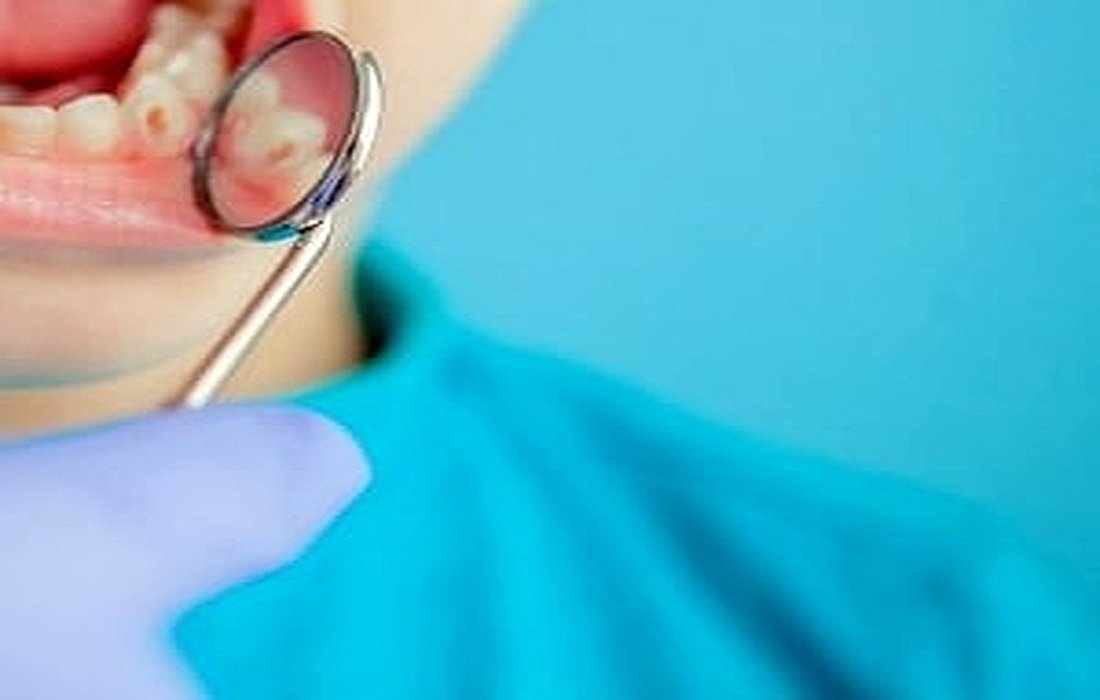Tooth decayand everything you need to know about this important topic
The mouth and teeth are constantly exposed to various contaminants and dangers that can create small cavities, which ultimately lead to decay. This decay is caused by a combination of factors such as oral bacteria, unhealthy foods, and sugary beverages that damage tooth enamel.
Cavities and tooth decay significantly jeopardize dental health, especially among children, teenagers, and older adults. This issue can also arise in infants.
If these cavities are not treated, they grow larger and penetrate deeper into the tooth, ultimately causingsevere toothacheand infections, leading to tooth loss. Regular dental visits, brushing, and flossing can be the best ways to prevent these occurrences.Flossingcan be the best way to prevent these problems.
Signs and Symptoms
The signs of tooth cavities vary depending on their location and extent. Initially, a cavity may show no signs, but over time, it can present symptoms listed in this oral health section ofSelMagz:
- Toothache, sudden pain resembling a sharp stingTooth extraction
- Tooth sensitivity
- Mild to severe pain when eating or drinkingsweet, hot, or cold foodsVisible cavities in the teeth
- Dark or white spots
- on the teethPain while chewingFood getting stuck between teeth and breaking floss
- Pain when biting down on the teeth
- Bad breath
- Common decay locations
- Some surfaces of the teeth are more prone to decay due to their specific condition.
- These surfaces include:

Cusp grooves:Narrow and deep grooves on the chewing surfaces of molars provide an ideal environment for bacteria, leading to decay.
Interproximal surfaces:
These surfaces do not get cleaned well due to a lack of toothbrush access, allowing food residue to remain and decay to occur.
Neck of the tooth or gum-to-tooth junction:
This area can develop decay and gum disease due to the accumulation of bacteria.
When to see a dentist?
You may never notice the formation of cavities, which is why regular check-ups with your dentist are essential to keep your mouth free from bacteria and contaminants, and to address any pain in your mouth or teeth.
Why and how does tooth decay occur?
Four main factors contribute to decay: microbes, sugary substances, individual and tooth resilience, and time. No decay occurs without microbes. Even if microbes are present, the absence of sugar reduces the severity of decay. In individuals with natural resistance to disease, the combination of microbes and sugar does not lead to decay. However, the gradual combination of microbes, sugary substances, and lowered resistance causes tooth damage. The stages of tooth decay are:
– Formation of dental plaque:
Dental plaque is a visible layer on the teeth formed from consuming sweets and improper cleaning. If sweet substances are not cleaned off the teeth, bacteria quickly feed on them, leading to plaque that can eventually reach the gums over time, making removal harder.
– Attack by dental plaque:
The acids in dental plaque are more concentrated on the outer edges, attacking the teeth and breaking through the outer layer, reaching the inner layer. These plaques may hit the nerve directly, causing sensitivity.
– Continuous damage:
As tooth decay progresses, bacteria and acid invade deeper into the tooth, reaching the innermost layers that contain blood vessels and nerves. Over time, these pulps swell, and when there is no room to expand, pressure builds, leading to pain that can also affect the tooth root.
Microbes that cause tooth decay
As mentioned in SelMagz’s health section, not all microbes in the mouth lead to tooth decay. If teeth are not cleaned, microbes form a layer on the teeth called microbial plaque, a soft and thick shield made of various bacteria and oral cells that cannot be easily washed off with water.

Over time, different types of microbes enter the microbial plaque, increasing its virulence. Microbial plaque is colorless and invisible. Proper brushing is necessary to eliminate microbial plaque.
Destructive effects of oral microbial plaque
Plaque changes the natural and clear color of the teeth.
Plaque contributes to tooth decay.
- Plaque causes gum disease and issues with other supporting tissues of the teeth.
- Plaque hardens into dental calculus.
- Risk factors for tooth decay
- Everyone knows that their teeth are at risk of decay and cavities, but the following factors increase these risks:
– Location of the tooth:
Decay is often more prevalent in back teeth, as they have thicker roots, attracting more food particles, which makes them decay more easily.
– Specific foods and drinks:
Items like ice cream, milk,
honey,
sugar,soda,dried fruits, cakes,cookies,hard candies, andchips can further promote tooth decay.– Snacks:Snacks usually include sugary drinks and harmful treats that harm the teeth. The microbes in the microbial plaque use the sugars in foods and convert them into acid, which dissolves tooth enamel and initiates decay. The more sugars consumed and the stickier they are, especially sucrose (regular sugar), the more decay occurs.– Feeding infants while they sleep:
If we give a baby a bottle full of milk or any sugary liquid while they sleep, it leaves ingredients on their teeth. The bacteria on their teeth then feed on these substances, increasing the risk of tooth decay.
– Insufficient brushing:

If you do not clean your teeth promptly after eating or drinking, plaque forms quickly on your teeth.
– Inadequate fluoride use:
Fluoride contains beneficial minerals that help prevent cavities. It is found in toothpaste and other dental rinses.
– Children and older adults:
Cavities are more prevalent in these two groups, with children at higher risk.
– Dry mouth:
Dry mouth occurs due to a lack of saliva, which helps prevent tooth decay. Saliva contains acids that combat oral bacteria, and certain medications can reduce saliva production.
– Heartburn:
Heartburn or
acid refluxcan also increase acid in your mouth, turning these acids into enemies for your teeth and accelerating decay.
Problems caused by tooth decay include:PainSwollen teeth
Swelling gumsDamaged or broken teethChewing problems
Specific changes in the teeth
- When decay worsens, the following symptoms may be observed:
- Persistent pain
- Weight loss
- or severe difficulty eating and chewing
- Tooth loss
- Dental abscess
Time and speed of decay development
- Tooth decay does not occur in a day; it takes time for enamel to break down and for the soft tissues to deteriorate. It takes 2 to 5 minutes after eating for sugars to reach the plaque microbes and start acid production. Within 10 minutes, the acid level peaks and remains high for about 20 to 60 minutes before gradually returning to normal.
- The microbial plaque environment becomes acidic with each meal, and until this acidity normalizes, further eating will continuously make the oral environment acidic, leading to tooth decay.Ways to prevent tooth decay
- Proper oral hygiene can significantly reduce this issue. Here are strategies to help prevent it:
- Brush your teeth with fluoride toothpaste after eating or drinking. Do this at least twice a day and don’t forget to floss.
Rinse your mouth.
Visit the dentist regularly.
Drink purified water.
Don’t forget healthy foods and vegetables.
Avoid excessive snacking.
- Use antibacterial treatments.
- What type of filling should I have for my tooth?
- There are various tools and materials for treating cavities, with the most common being amalgam and composite. Ask your dentist for their recommendation and do your research to see which you prefer.
- What type of treatment will my dentist suggest to prevent discomfort?
- Depending on the complexity of your cavity and tooth decay, necessary dental or gum treatment may involve anesthesia, or the dentist may use nitrous oxide.
- Can cavities or decay be fully treated in one session?
- Severely decayed teeth require more than one filling session. The process works on the inner, outer, and corner layers, with the first stage usually preparing the tooth and the second stage starting the main process.

Bad breath
Symptoms of tooth decay
Tooth decay
Visiting a dentist for tooth decay
Snacks
Snacks causing tooth decay







